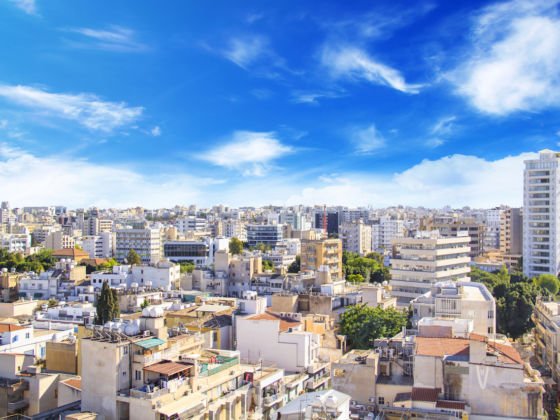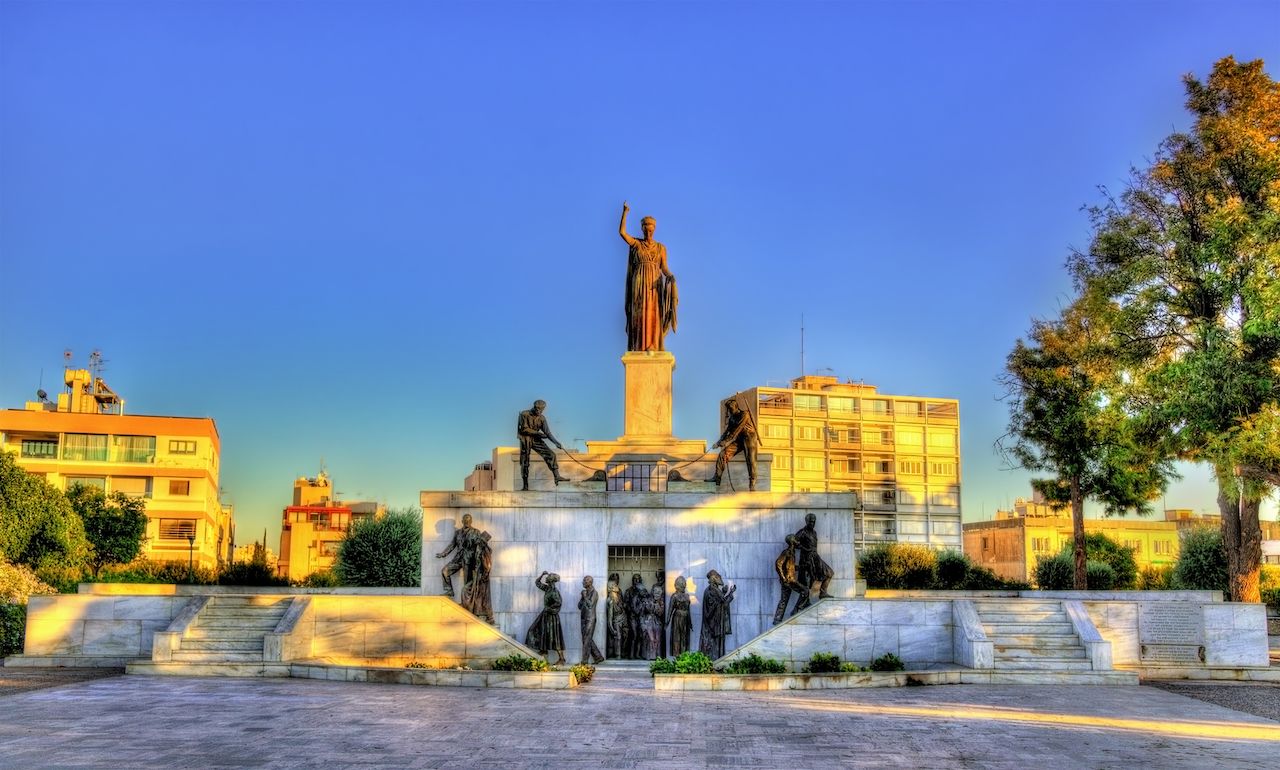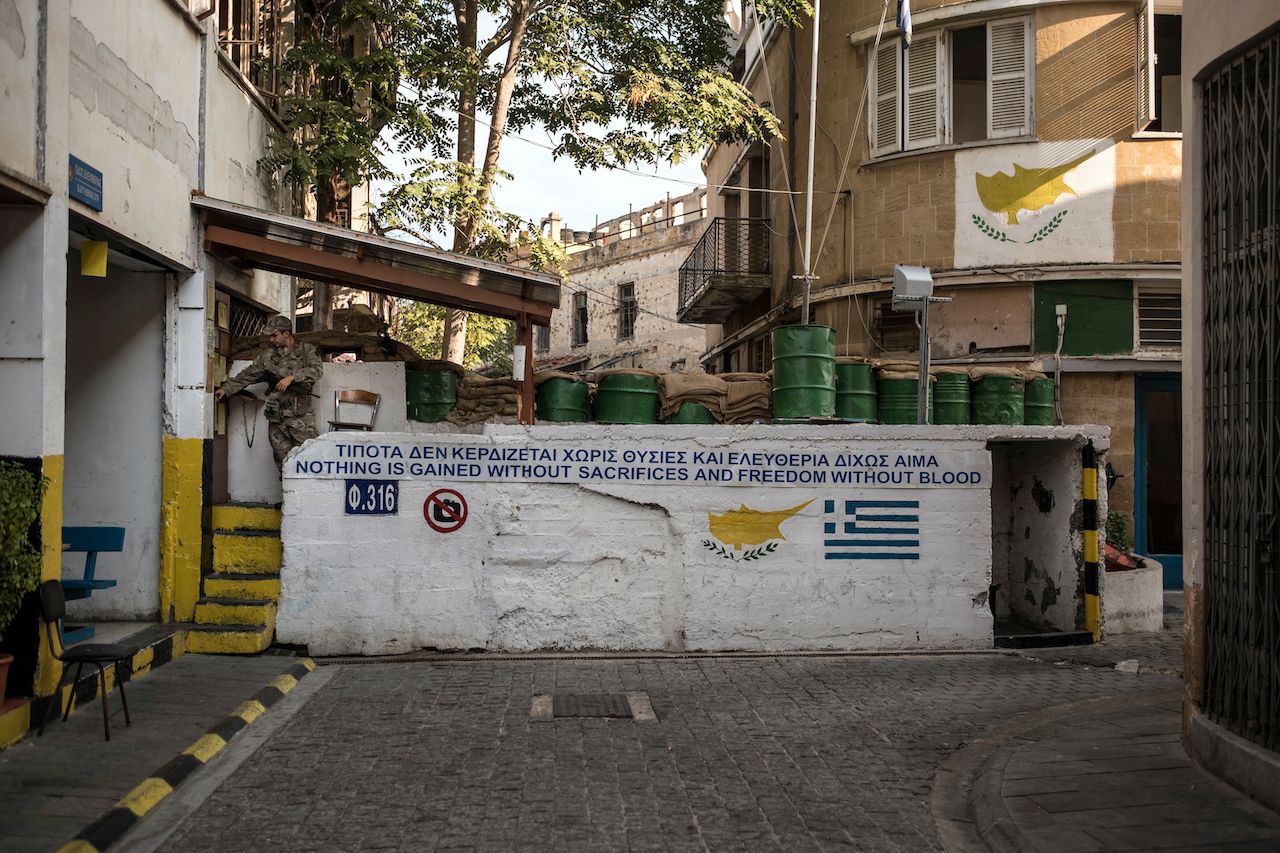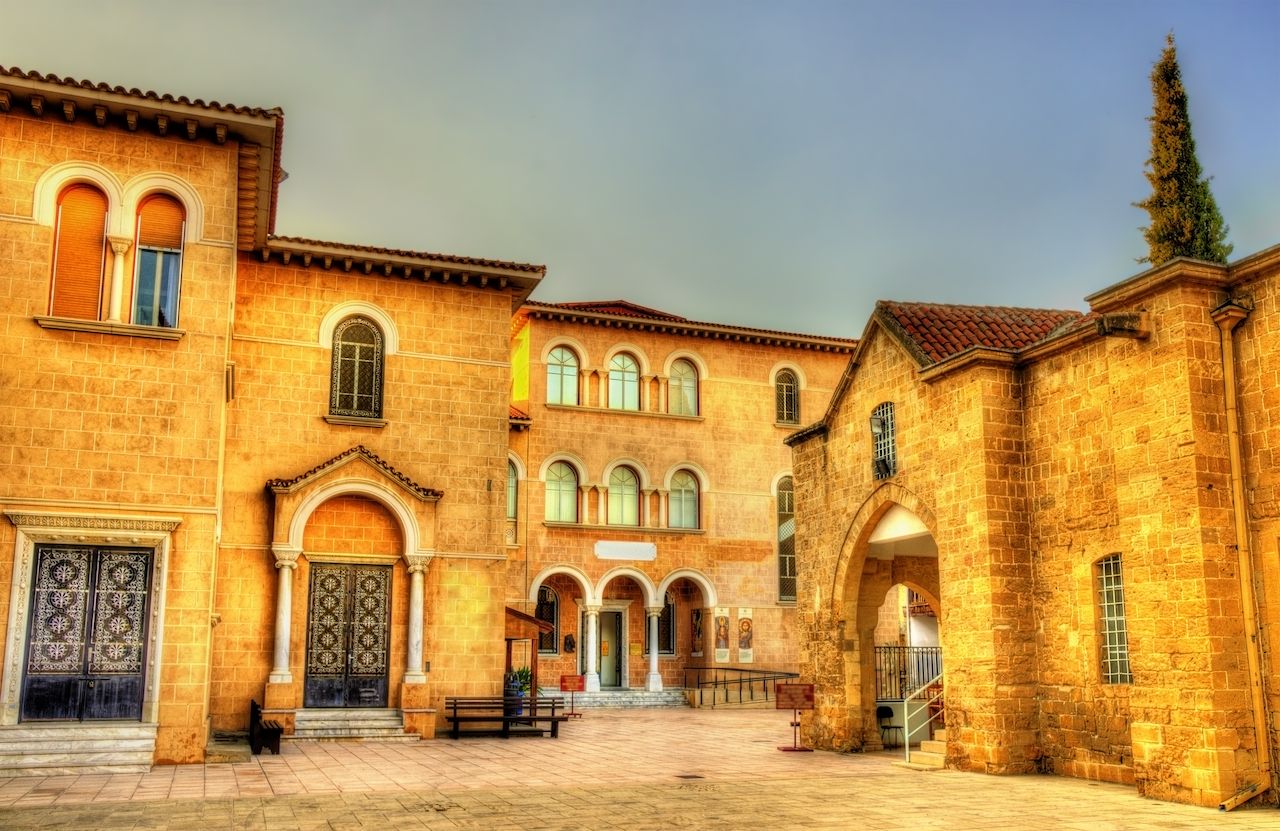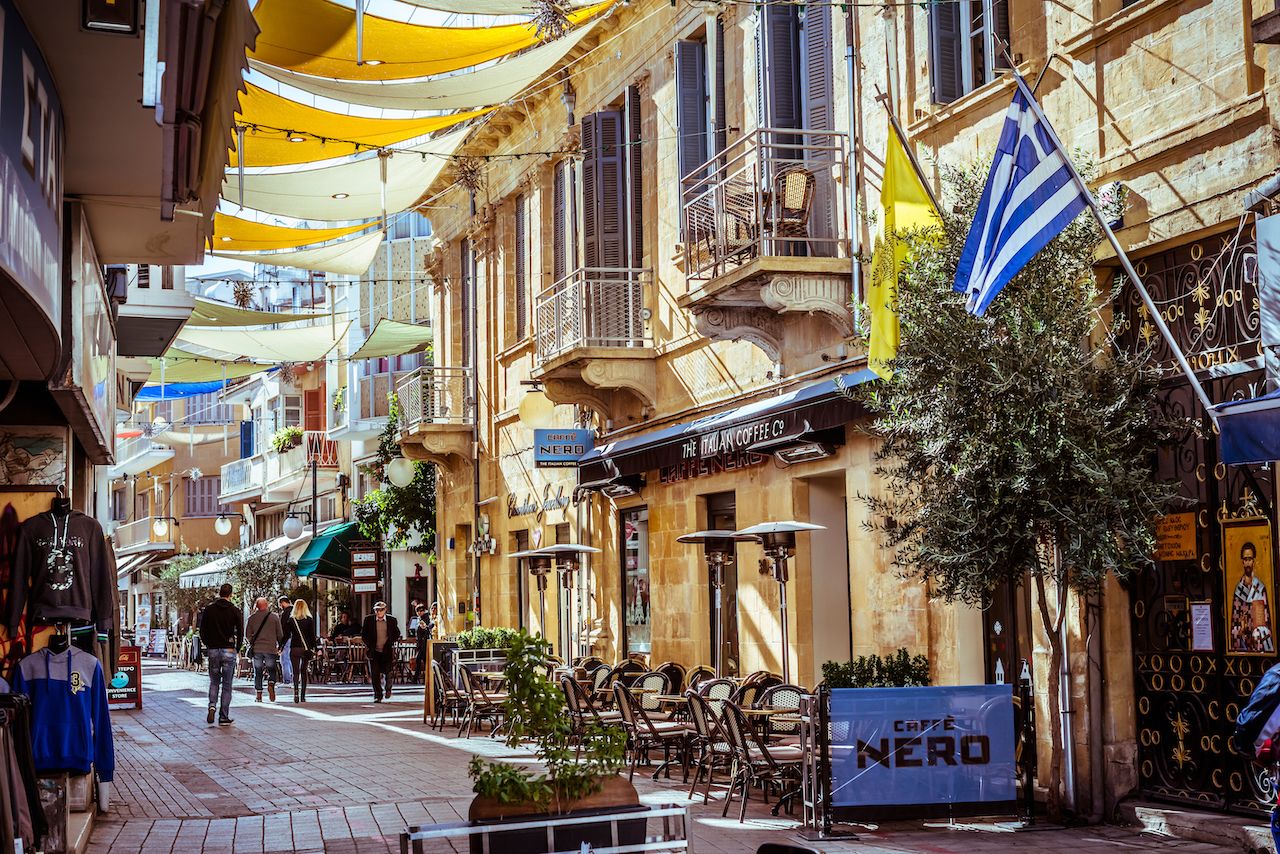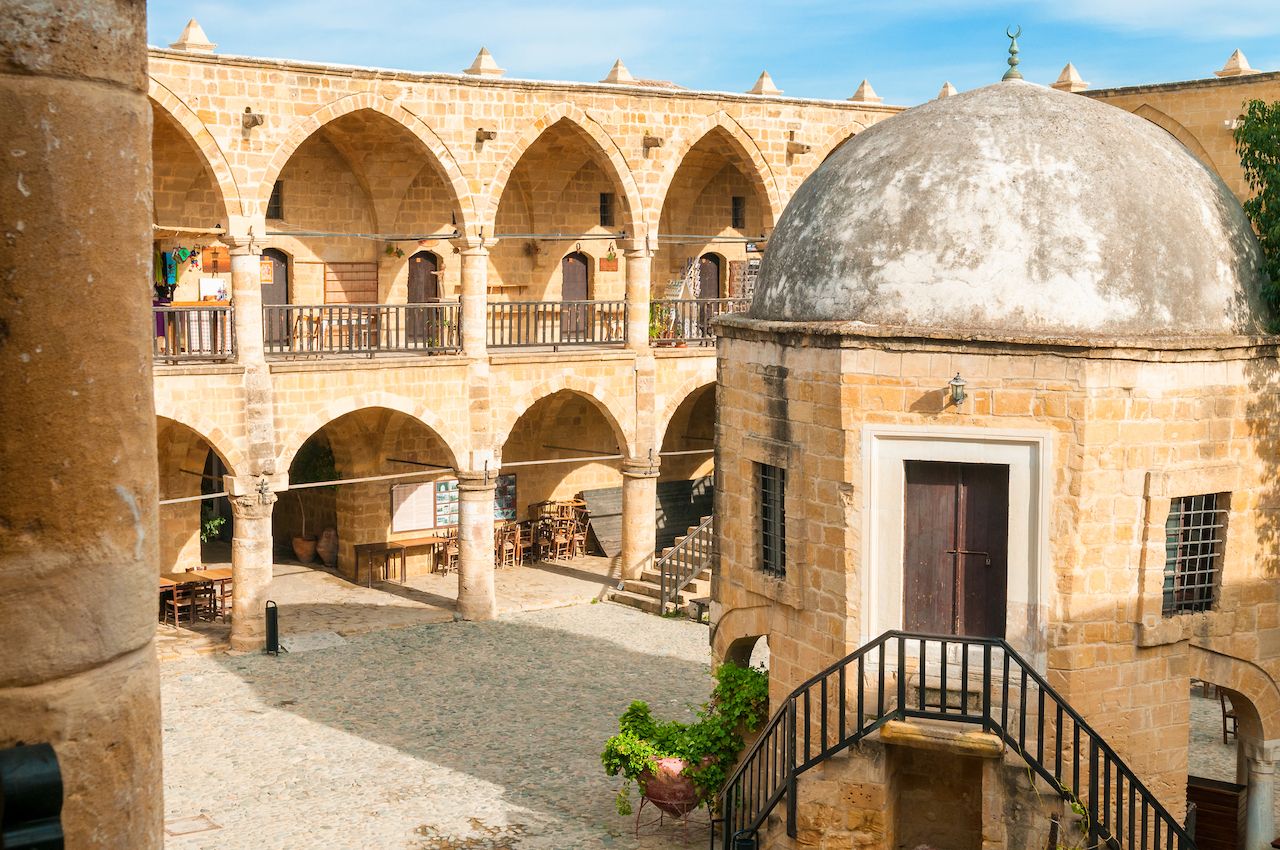When thinking of divided cities, Berlin is the best known. But the fall of the Berlin Wall in November 1989 did not signal the end of the world’s divided capitals. Nicosia, on the Mediterranean island of Cyprus, remains a divided capital city to this day. The wall, known in the city as the “Green Line,” runs 120 miles across the island, effectively splitting it in two.
The island’s capital is a highly unique tourist destination for history buffs, adventure seekers, and those in pursuit of complicated pasts and undetermined futures. Despite uncertainties over what the future will hold, now is the best time to pay a visit to Nicosia, a capital that, once you venture away from the barrier, offers entertainment districts, cafes, and cuisine — found on both sides of the border — that make it an engaging stop on a trip to the Mediterranean. Visit both sides of the line to fully get a feel for the history, with the following being your guide points.
